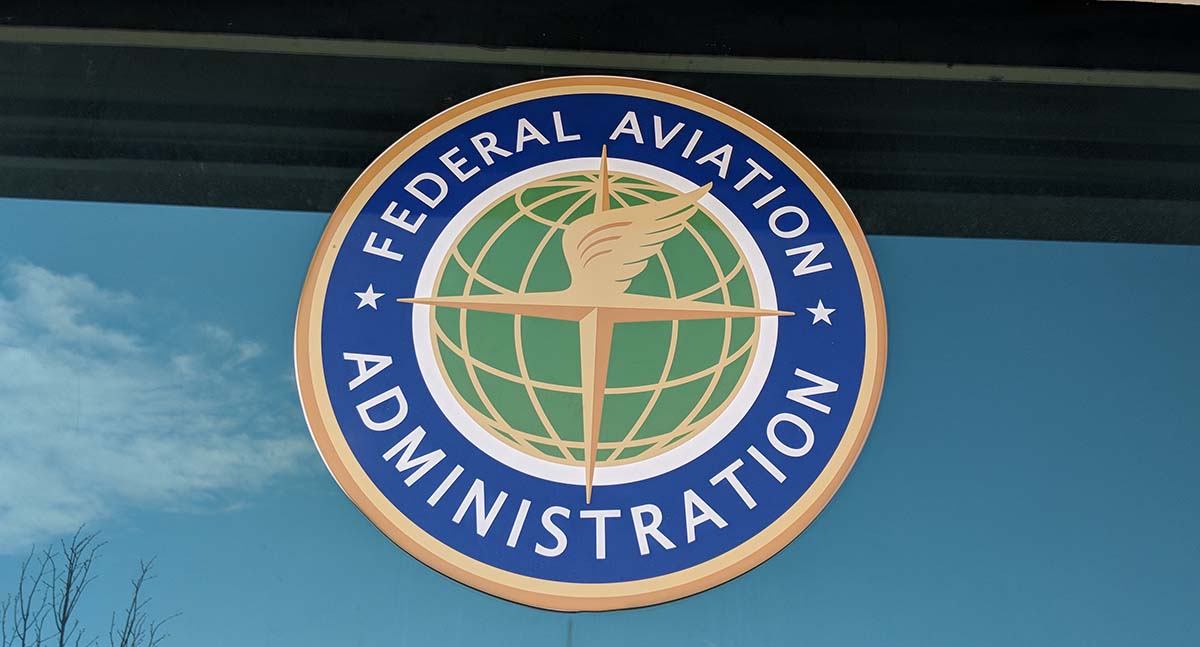The Federal Aviation Administration (FAA) recently announced a dramatic expansion to the restricted airspace in which drones, or UAVs, can operate including federal prisons and U.S. Coast Guard bases. It's a move that comes at the request of the FAA's Federal security partners and demonstrates the FAA's authority to restrict drone operations over national security sensitive facilities by establishing temporary UAV-specific flight restrictions.
This development comes on the heels of numerous reports on drones being used to smuggle contraband and other paraphernalia to inmates inside prisons, and in one case helped in an escape attempt. For the U.S. Coast Guard though, the issue at hand goes much deeper. A spokesman for the FAA mentioned these restrictions represent a matter of national security when it comes to preventing potential threats from being able to fly over certain Coast Guard bases. The restrictions mean that anyone flying a drone cannot come within 400 feet of the lateral boundaries of the 19 federal prisons named in the FAA announcement and 10 U.S. Coast Guard facilities.This is certainly not the first time the FAA has restricted the airspace over certain sites or locations. In order to prevent drones from impacting airspace in commercial airports, the devices were banned from all U.S. airports. In September of 2017, the FAA restricted drone flights over 10 major national landmarks such as the Statue of Liberty, Hoover Dam, Mount Rushmore, Boston National Historical Park, Folsom Dam and more. Later that year, the FAA restricted airspace for drones over Department of Energy facilities.“This is the first time the agency has placed specific flight restrictions for unmanned aircraft, or drones, over Federal Bureau of Prisons and U.S. Coast Guard facilities,” the FAA said in a statement. “Operators who violate the flight restrictions may be subject to enforcement action, including potential civil penalties and criminal charges.”The FAA has posted an interactive map that shows all of the restricted locations for drone operators to keep up with all the changes happening. Additionally, and in cooperation with the Department of Justice (DOJ), the FAA is establishing a specific restriction on drone flights up to 400 feet within the lateral boundaries of the federal facility known as “Administrative United States Penitentiary Thomson near Clinton, IL.” Information on the FAA Notice to Airmen (NOTAM), which defines these restrictions, and all of the currently covered DOJ locations, can be found on the FAA dedicated UAV website. A link to these restrictions is also included in the FAA’s B4UFLY mobile app.These changes, which have been highlighted by FAA NOTAM FDC 8/8243, are pending until they become effective on July 7, 2018. Note that there are only a few exceptions that permit drone flights within this restriction, and they must be coordinated with the individual facility and/or the FAA. Operators who violate the flight restriction may be subject to enforcement action, including potential civil penalties and criminal charges.The FAA is continuing to consider additional requests by eligible federal security agencies for UAV-specific flight restrictions as they are received.Subscribe
The information you submit will be stored and used to communicate with you about your interest in Commercial UAV News. To understand more about how we use and store information, please refer to our privacy policy.
July 3, 2018
FAA Expands UAV Airspace Restrictions Over DOJ Facilities














Comments